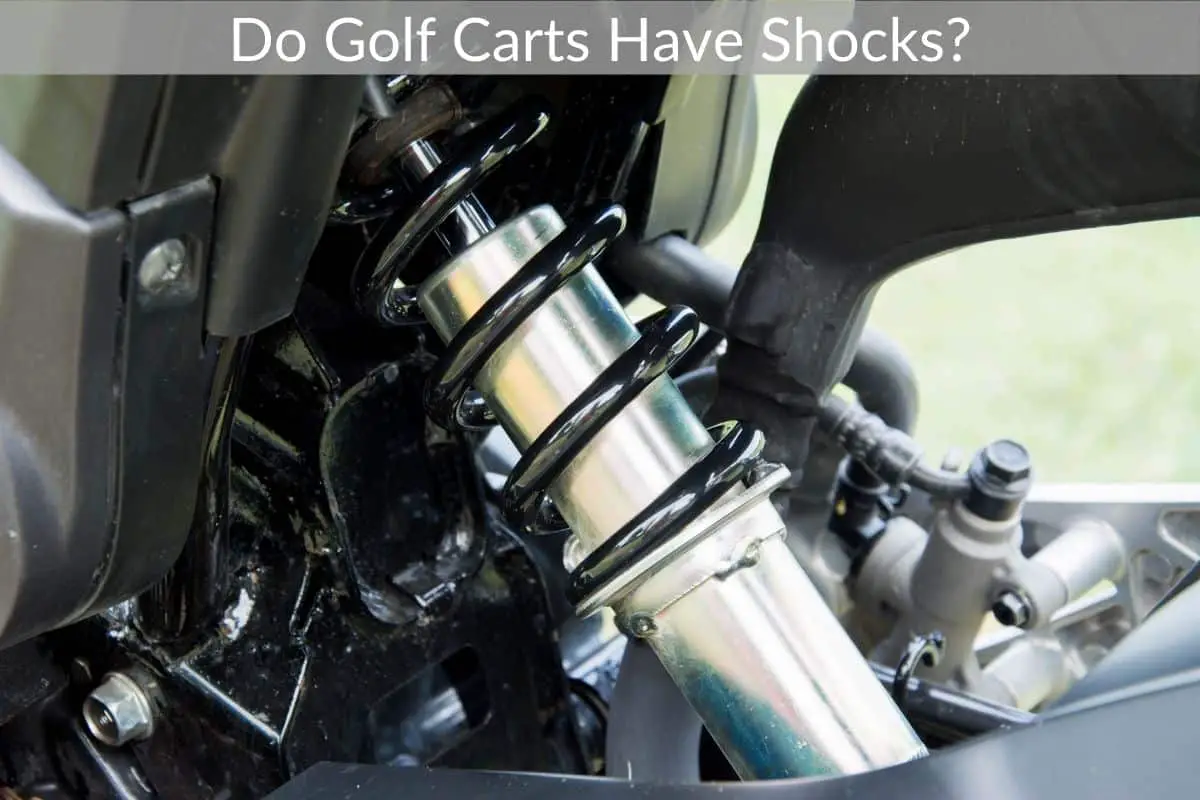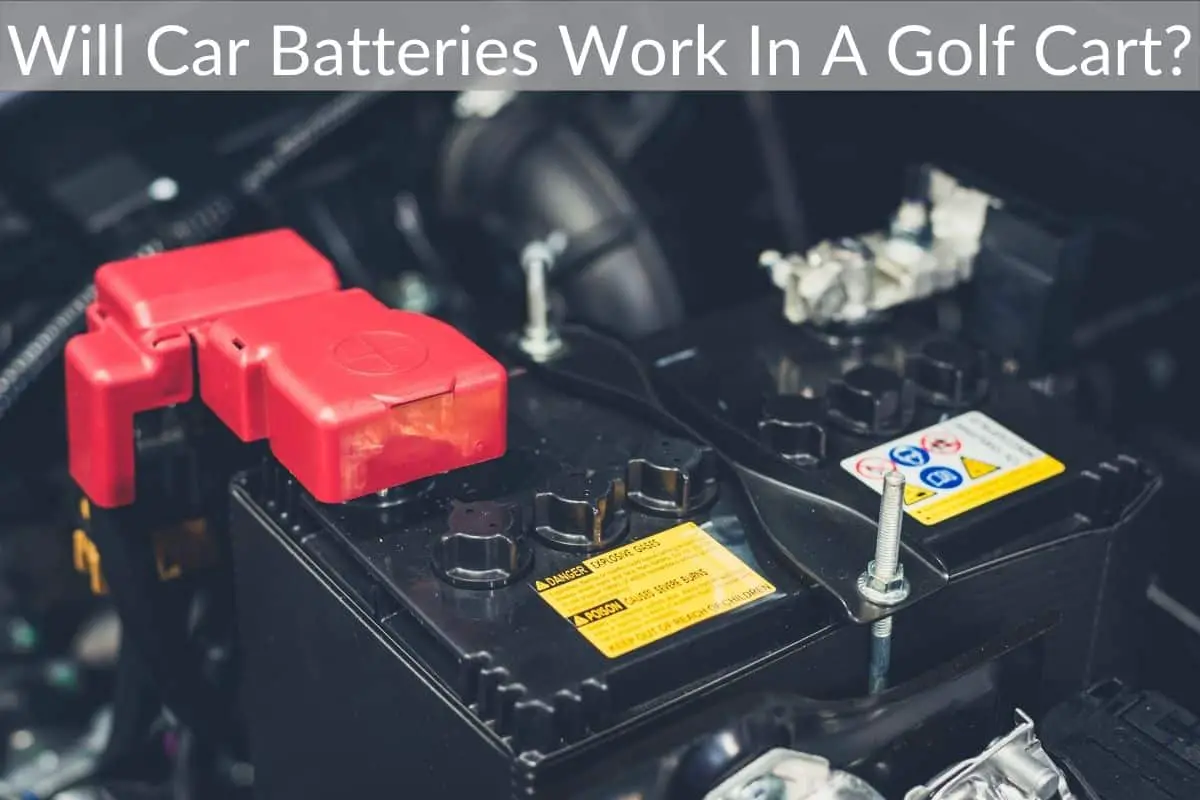Are you tired of walking around the golf course? Well, have no fear, because the golf cart is here!
But before you run off to buy one, you should probably know how much they cost. Don’t worry, I’ve got you covered with this article on the costs of golf carts.
First off, let’s talk about the different types of golf carts. You have your standard gas and electric carts, but did you know there are also luxury carts and even 4-seater carts for those family golf outings?
The possibilities are endless. Now, on to the good stuff: the cost.

New Golf Cart Prices
New golf carts can run you anywhere from a couple of thousand dollars to a small mortgage. The average cost of a new gas cart is around $5,000, while an electric cart will set you back around $7,000.
And if you want something fancy, like a luxury cart, be prepared to fork over at least $10,000. Ouch.
But before you start breaking open your piggy bank, you should also consider the different types of new carts available. For example, a 2-seater cart is going to be cheaper than a 4-seater cart.
And let’s not forget, there are also factors that can affect the price, such as brand and additional features. So, it’s important to shop around and compare prices before making a purchase.

Used Golf Cart Prices
Now, let’s talk about used golf carts. Used carts can be a great option for those on a budget but remember: you get what you pay for.
The average cost of a used gas cart is around $3,000, while an electric cart will run you around $4,500. And as with new carts, the price will also vary based on the type and condition of the cart.
But, let’s be real here, no one wants to buy a lemon. So, it’s important to do your research and have a trusted mechanic inspect the cart before making a purchase.
Customization and Upgrades
Want to make your cart stand out from the rest? Customization and upgrades are the way to go!
Popular options include lift kits, custom paint jobs, and upgraded sound systems. But be warned, these upgrades can add up quickly and can easily push the cost of your cart over budget.
My advice, be picky and choosy about which upgrades you really want and which you can live without.
Maintenance and Operating Costs
Don’t forget about the ongoing costs of owning a golf cart. Fuel and battery replacement, tires, and general maintenance can add up.
Annual maintenance and operating costs can range anywhere from a couple hundred dollars to a couple thousand dollars over the life of the golf cart, depending on the type of cart and how often it is used.
But, you can do things to minimize these costs, like keeping up with regular maintenance and limiting unnecessary upgrades.
How long does the battery last on an electric golf cart?
What is the top speed of a golf cart?
Final Thoughts
In conclusion, golf carts can be a convenient and fun addition to your golfing experience, but they come at a cost. New carts can range from a couple of thousand dollars to a small fortune, while used carts can be a more budget-friendly option.
Customization and upgrades can add to the cost, as well as ongoing maintenance and operating costs. So, it’s important to consider all of these factors before making a purchase. But hey, at least you’ll be the cool kid on the golf course with your fancy new cart.













